About this spam campaign
Deloitte Email Virus refers to a spam campaign that is spreading the TrickBot malware, a notorious banking Trojan. Deloitte is an accounting organisation and a professional service network, and people who use their services may not question emails that are seemingly sent by the company. The malicious email states that Deloitte has attached a financial statement to the email, and it needs to be reviewed. When the attached file is opened, the malware is allowed to inhabit your computer. The Trojan can then steal your various login credentials.
You might be thinking that the chances of people falling for a phishing or spam email are pretty slip. However, the reality is that the email can be very sophisticated, thus fooling even the most cautious user. Using known company/organisation names (such as Bank of America or Companies House) for such campaigns has proven to be successful as when users see a familiar name, they are less cautious. So if spam and phishing emails are becoming more and more sophisticated, how can you differentiate them from legitimate emails?
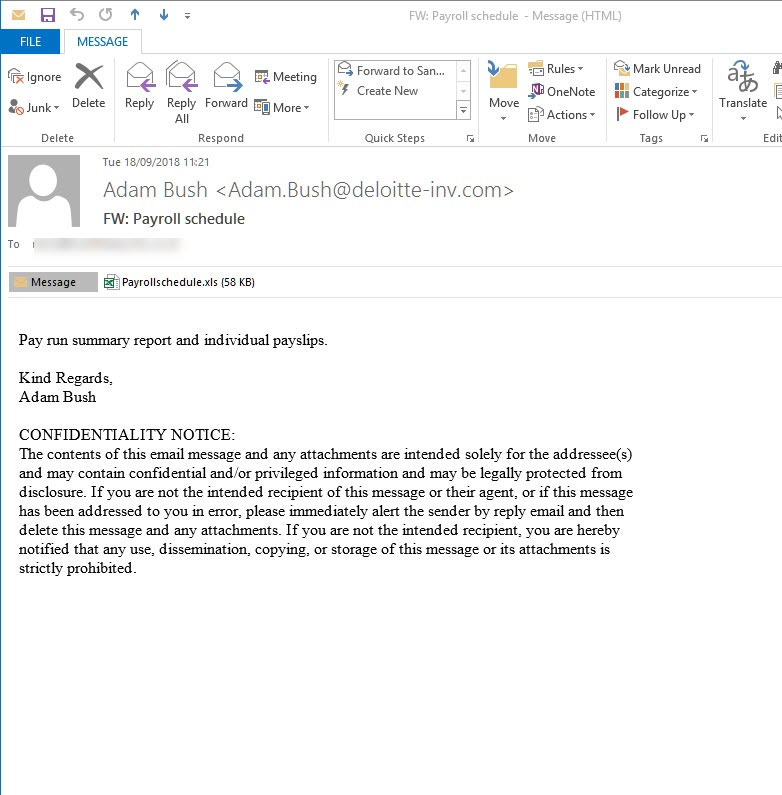
How to differentiate spam and phishing emails from legitimate ones
Generally, spam campaigns are pretty obvious, they are riddled with countless mistakes which immediately raise alarm bells. However, once in a while, users can encounter more sophisticated spam emails, ones that can be pretty hard to differentiate. However, while they may lack the obvious signs like grammar mistakes, they are still possible to spot. One of the most telling signs is how you are addressed in the email. If a legitimate company, with whom you’ve had business before, emails you, they will always use your name. However, since the people behind the spam campaigns do not know your name, they will refer to you with a generic User, Member, Customer, etc. It’s not a thing people usually take note of, however. Another clear sign is the sender’s email address. In many cases, the email address is so obviously fake it’s astounding that anyone falls for them. But in certain cases, they do appear legitimate. However, all you need to do is check that the email address belongs to someone in the company. It should be fairly easy to do with a search engine.
Inspecting links and not immediately opening email attachments is also a good idea. Scan attachments with anti-malware software before opening them and check that links are secure before opening them. And, remember, you will never be asked for you personal information via email by your bank or any other money-related company.
This particular spam campaign uses the name of Deloitte to infect companies and organisations. It claims that a financial statement has been added to the email and it needs to be opened. The email looks legitimate, thus would not cause suspicion to the receiver. The attached file is actually a banking Trojan, and if the attachment was scanned, the security program would have informed the receiver of this.
What does TrickBot do?
TrickBot is a banking Trojan that aims to spy on victims and steal financial information. It has been around for a couple of years and generally targets companies and organisations rather than individual users. However, that does not mean regular users are immune.
Once inside a system, the Trojan stays in the background and activates whenever a bank websites is visited. When a user with an infected computer visits a bank website, the malware loads its substitute almost identical website on top the original. As would be usual, the user would be asked to login, only instead of logging into the bank, the user would be giving away his/her bank logins to cybercrooks. The data would sent to a server controlled by cyber crooks, who can either use the gathered information themselves, or sell it in a data block. Either case, it could mean serious financial loss for the victim.
So if you want to avoid not only infecting your computer with malware but also potentially suffering financial loss, pay attention to what emails you open and what links you click on. And remove Deloitte Email Virus from your inbox if you receive such an email.
Deloitte Email Virus removal
You do not need to uninstall Deloitte Email Virus as it’s not actually on your computer. It’s a spam campaign that spreads a Trojan. If you do recall opening such an email, it’s recommended to boot your computer in Safe Mode and scan it with anti-malware software. If it detects the Trojan, eliminate it immediately. If you have recently logged into sensitive accounts, change credentials as soon as possible.
Offers
Download Removal Toolto scan for Deloitte Email VirusUse our recommended removal tool to scan for Deloitte Email Virus. Trial version of provides detection of computer threats like Deloitte Email Virus and assists in its removal for FREE. You can delete detected registry entries, files and processes yourself or purchase a full version.
More information about SpyWarrior and Uninstall Instructions. Please review SpyWarrior EULA and Privacy Policy. SpyWarrior scanner is free. If it detects a malware, purchase its full version to remove it.

WiperSoft Review Details WiperSoft (www.wipersoft.com) is a security tool that provides real-time security from potential threats. Nowadays, many users tend to download free software from the Intern ...
Download|more


Is MacKeeper a virus? MacKeeper is not a virus, nor is it a scam. While there are various opinions about the program on the Internet, a lot of the people who so notoriously hate the program have neve ...
Download|more


While the creators of MalwareBytes anti-malware have not been in this business for long time, they make up for it with their enthusiastic approach. Statistic from such websites like CNET shows that th ...
Download|more
Quick Menu
Step 1. Uninstall Deloitte Email Virus and related programs.
Remove Deloitte Email Virus from Windows 8
Right-click in the lower left corner of the screen. Once Quick Access Menu shows up, select Control Panel choose Programs and Features and select to Uninstall a software.
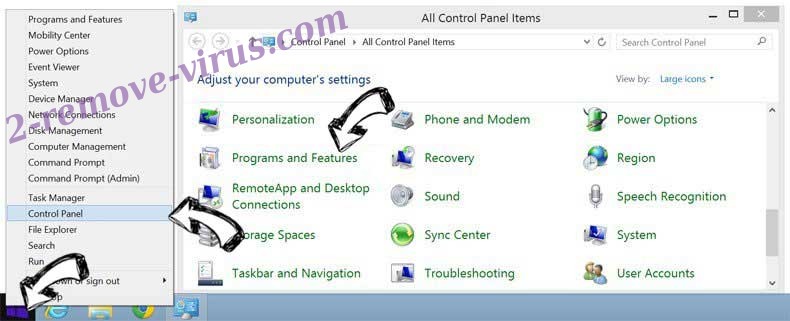

Uninstall Deloitte Email Virus from Windows 7
Click Start → Control Panel → Programs and Features → Uninstall a program.
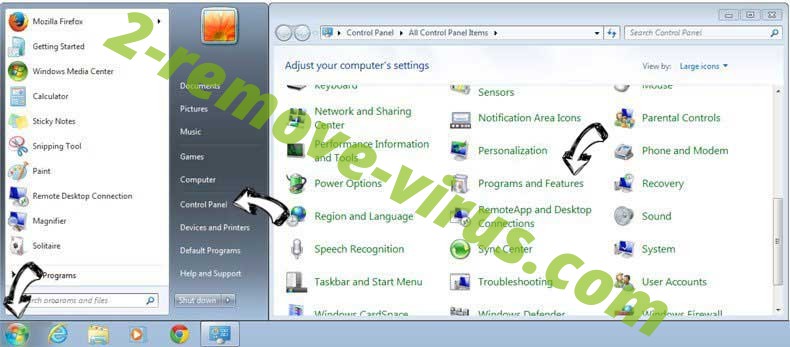

Delete Deloitte Email Virus from Windows XP
Click Start → Settings → Control Panel. Locate and click → Add or Remove Programs.
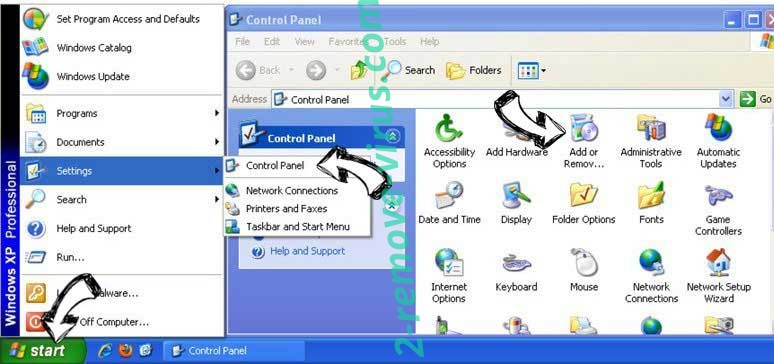

Remove Deloitte Email Virus from Mac OS X
Click Go button at the top left of the screen and select Applications. Select applications folder and look for Deloitte Email Virus or any other suspicious software. Now right click on every of such entries and select Move to Trash, then right click the Trash icon and select Empty Trash.
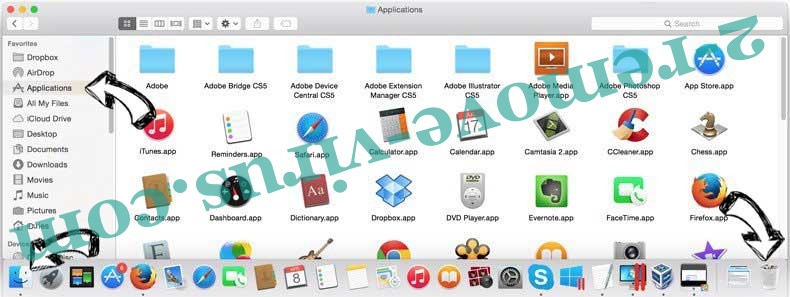

Site Disclaimer
2-remove-virus.com is not sponsored, owned, affiliated, or linked to malware developers or distributors that are referenced in this article. The article does not promote or endorse any type of malware. We aim at providing useful information that will help computer users to detect and eliminate the unwanted malicious programs from their computers. This can be done manually by following the instructions presented in the article or automatically by implementing the suggested anti-malware tools.
The article is only meant to be used for educational purposes. If you follow the instructions given in the article, you agree to be contracted by the disclaimer. We do not guarantee that the artcile will present you with a solution that removes the malign threats completely. Malware changes constantly, which is why, in some cases, it may be difficult to clean the computer fully by using only the manual removal instructions.
